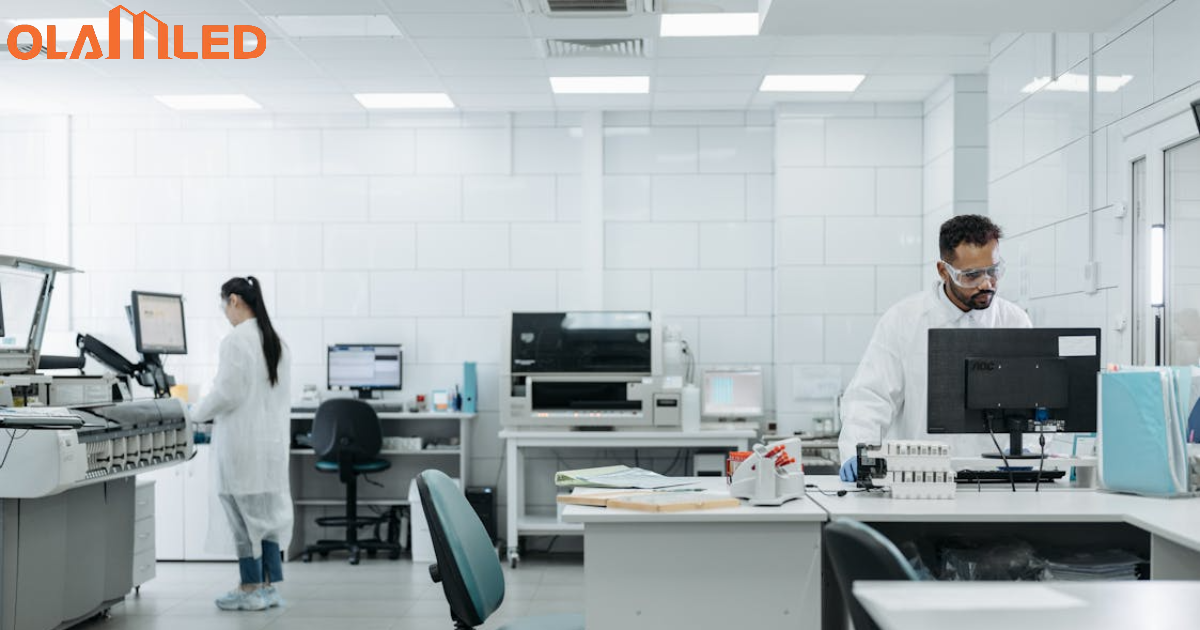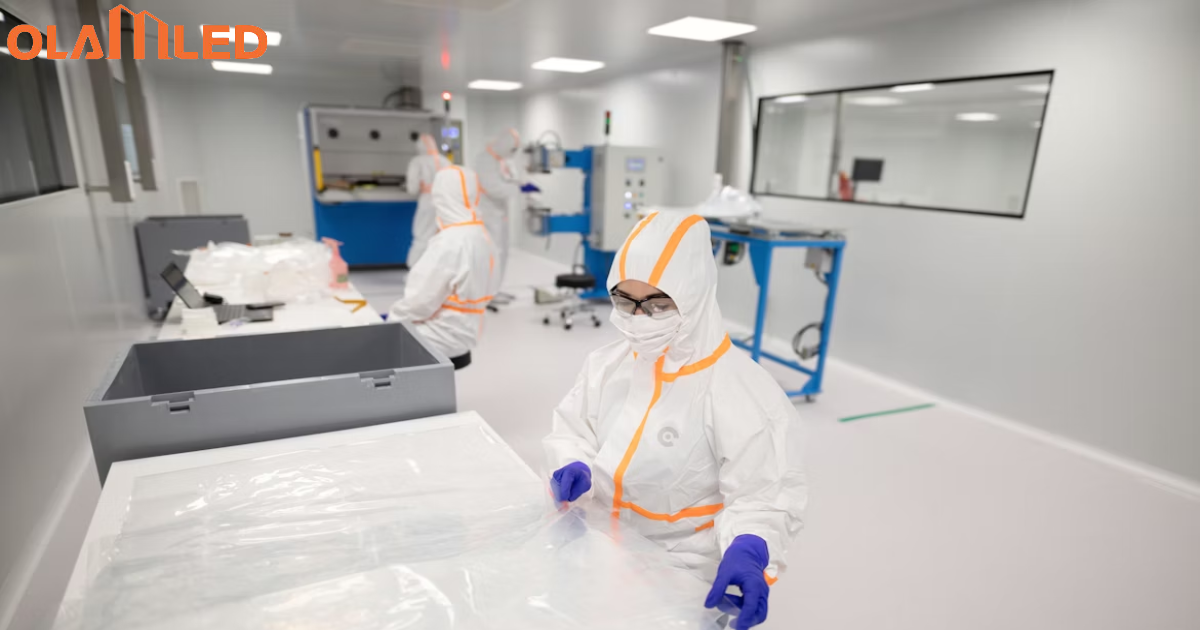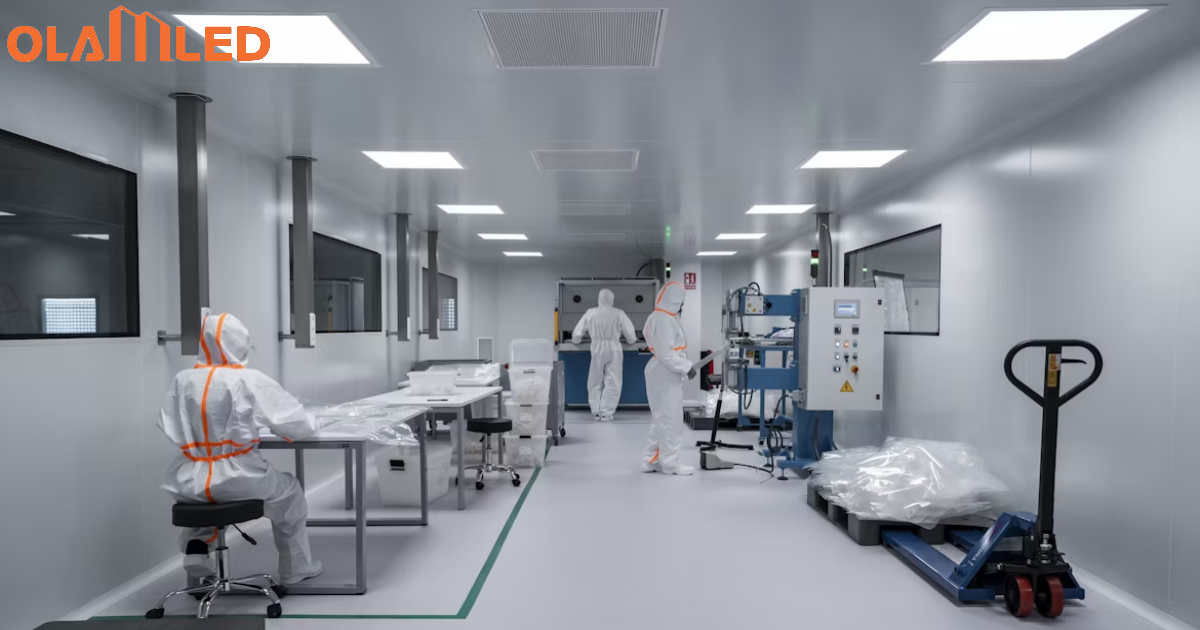I. Intorduction
The demand for LED products has skyrocketed in recent years. LED lights, known for their energy efficiency and durability, have gained immense popularity among consumers. This surge in popularity can be attributed to a variety of factors, including environmental concerns and the growing awareness of energy-saving solutions. With LED lights now being used in a wide range of applications, from residential homes to commercial spaces and even outdoor lighting, it is clear that they have become an integral part of our everyday lives.
However, as LED products become more commonplace, consumers are looking for ways to make their lighting solutions stand out from the rest. This is where the concept of deep customization comes into play. Deep customization allows individuals to personalize their LED products to suit their unique preferences and requirements. Whether it’s choosing the color temperature, adjusting the brightness levels, or even integrating smart control features, deep customization allows for a truly tailor-made lighting experience.
By embracing deep customization, LED manufacturers can offer consumers a level of control over their lighting that was previously unimaginable. This not only enhances the overall user experience but also allows individuals to create environments that perfectly align with their specific needs and desires. From creating vibrant atmospheres in entertainment venues to crafting optimal lighting conditions for photography studios, deep customization opens up a world of possibilities.
In conclusion, the rising popularity of LED products has paved the way for innovative advancements in customization options. The concept of deep customization brings flexibility and personalization to LED lighting solutions, allowing individuals to transform their spaces and create unique experiences. With an ever-expanding range of customization features, LED products are no longer seen as mere light sources but as powerful tools that contribute to enhancing the way we live and interact with our surroundings.
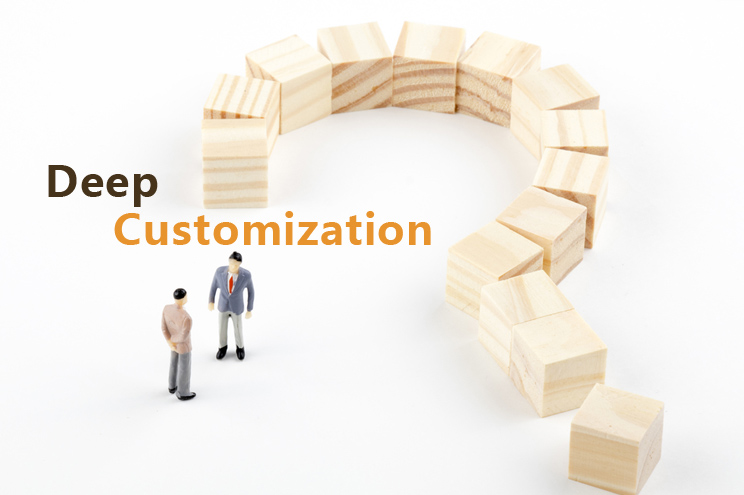
II. Understanding LED Products
LED (Light Emitting Diode) products have gained immense popularity in recent years due to their numerous benefits and advantages. In this section, we will explore the definition and benefits of LED products, as well as the current options available in the market.
A. Definition And Benefits Of LED Products
LED products are lighting solutions that utilize light-emitting diodes to produce light. Unlike traditional lighting technologies such as incandescent or fluorescent bulbs, LEDs are solid-state devices that convert energy into light through a process called electroluminescence.
There are several benefits associated with LED products that make them an ideal choice for various lighting applications. Firstly, LEDs are highly energy-efficient, as they consume significantly less electricity compared to traditional lighting options. This energy efficiency not only helps reduce carbon emissions but also results in substantial cost savings in the long run.
Secondly, LED products have an impressively long lifespan. On average, LEDs can last up to 50,000 hours or more, depending on the specific product. This prolonged lifespan eliminates the need for frequent replacements, reducing maintenance costs and inconvenience for users.
Furthermore, LEDs emit very little heat compared to incandescent bulbs, making them safer to use and reducing the risk of fire hazards. Additionally, LED lighting comes in a wide range of colors and can be dimmed easily, allowing for enhanced customization and ambiance in various settings.
B. Current Options Available In The Market
With the increasing popularity of LED products, a wide range of options is now available in the market to cater to different lighting needs. LED bulbs, LED strip lights, LED panels, and LED tubes are among the most commonly used LED products.
LED bulbs, designed to replace traditional incandescent or compact fluorescent bulbs, come in various shapes and sizes to fit different light fixtures. LED strip lights, consisting of a flexible circuit board with mounted LEDs, are versatile and commonly used for accent lighting or decoration purposes.
LED panels offer a sleek and modern lighting solution, often used in commercial or residential settings for general illumination. LED tubes, serving as direct replacements for fluorescent tubes, provide energy-efficient lighting solutions for offices, schools, retail spaces, and more.
As technology advances, the market for LED products continues to expand, with constant innovation leading to the introduction of newer options tailored to specific requirements.
In conclusion, LED products provide numerous benefits such as energy efficiency, long lifespan, and enhanced customization, making them a popular choice in the lighting industry. The market is diverse, offering various options ranging from LED bulbs to panels and tubes, ensuring a suitable solution for various lighting needs.
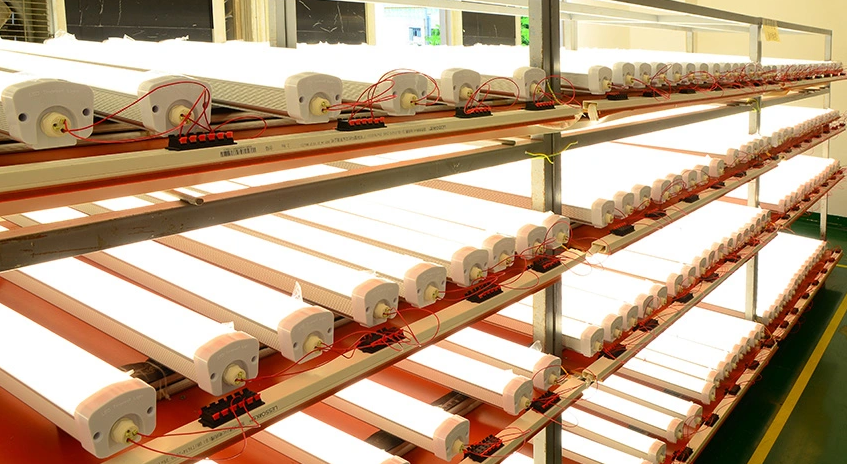
III. The Concept Of Deep Customization
Deep customization is a contemporary approach that allows for personalized modifications and tailoring of products to meet individual customer requirements. Unlike traditional customization, which may merely scratch the surface of personalization, deep customization delves much deeper, offering a comprehensive and thorough customization experience.
A. Definition And Explanation Of Deep Customization
Deep customization can be defined as a process that goes beyond superficial personalization and provides customers with the ability to make intricate changes to a product’s design, features, and functionality. It enables individuals to shape a product according to their specific needs and preferences, resulting in a unique and tailored user experience.
This customization involves detailed options and choices, allowing customers to select specific components, materials, colors, and specifications that align with their preferences. With deep customization, customers can create LED products precisely tailored to their requirements, ensuring optimal performance and satisfaction.
B. Importance And Advantages Of Deep Customization In LED Products
Deep customization plays a pivotal role in the LED product industry, offering numerous advantages to both customers and manufacturers.
- Personalized Experience: Deep customization empowers customers to have a sense of ownership and personal attachment to their LED products. By involving customers in the design process, manufacturers can create products that cater to their unique preferences, enhancing the overall user experience.
- Tailored Functionality: LED products often serve diverse purposes, ranging from decorative lighting to industrial applications. Deep customization allows customers to choose the specific features and functions they require, ensuring that the LED product aligns precisely with their intended use. This tailored functionality ensures maximum efficiency and effectiveness.
- Enhanced Aesthetics: With deep customization, customers have the opportunity to personalize the visual appearance of their LED products. From selecting the color temperature and intensity to choosing captivating designs or patterns, deep customization allows customers to create visually appealing LED products that complement their surroundings.
- Competitive Edge for Manufacturers: By offering deep customization options, manufacturers can differentiate themselves from competitors in a highly saturated market. This unique selling point positions manufacturers as innovative and customer-centric, attracting a broader customer base and fostering brand loyalty.
- Improved Customer Satisfaction: Deep customization ensures that customers receive LED products that precisely meet their needs. This, in turn, leads to higher levels of customer satisfaction and increases the likelihood of positive referrals and repeat purchases.
In conclusion, deep customization represents a transformative approach to product customization, allowing customers to actively participate in shaping LED products according to their preferences. By providing a personalized experience and tailored functionality, deep customization enhances customer satisfaction while offering manufacturers a competitive advantage in the LED product industry.
IV. Examples Of Deep Customization In LED Products
LED products offer a wide range of customization options that allow users to tailor their lighting experience to their unique preferences and requirements. With deep customization features, users have greater control over color temperature, brightness settings, as well as the ability to personalize the shape, size, and design of their LED lighting. Additionally, LED products can seamlessly integrate with smart technologies and control systems, further enhancing the overall lighting experience.
A. Customizable Color Temperature And Brightness Settings
LED products offer users the ability to adjust color temperature and brightness settings according to their specific needs. With customizable color temperature, users can create lighting atmospheres ranging from warm and cozy to cool and invigorating, enhancing the desired ambiance for any occasion. Whether it’s for a relaxing evening at home or a productive workspace, LED products can be fine-tuned to provide the perfect lighting environment.
Furthermore, LED products enable users to adjust brightness settings, allowing them to achieve the ideal lighting level for various activities. From bright illumination for focused tasks to soft and dimmed lighting for a soothing atmosphere, LED products can adapt to different situations and individual preferences.
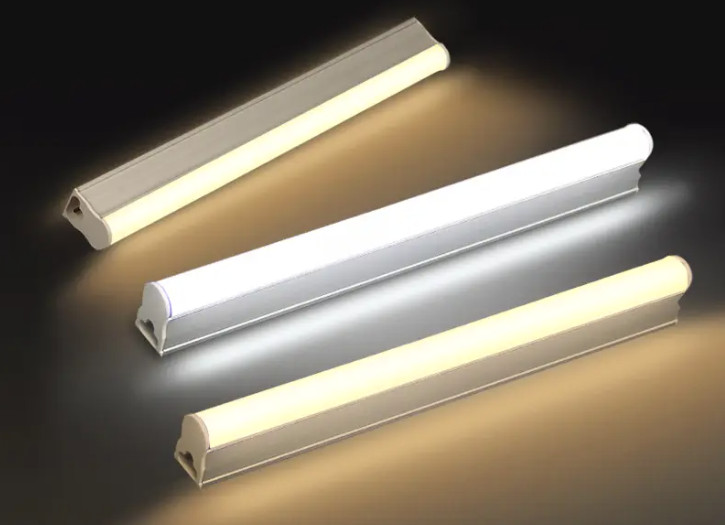
B. Shape, Size, And Design Customization Options
LED products offer a remarkable level of versatility when it comes to shape, size, and design customization. Whether you desire a sleek and minimalistic fixture or a more ornate and decorative piece, LED products can be tailored to match your vision and complement your existing interior design.
With LED lighting strips, users can effortlessly create unique lighting configurations that align with their personal style. These strips can be cut to desired lengths, allowing for a perfect fit in any space. Moreover, LED products can be seamlessly integrated into various architectural elements, such as ceilings, walls, and furniture, enabling the creation of striking visual effects and highlighting specific areas of a room.
C. Integration With Smart Technologies And Control Systems
LED products have paved the way for a new era of lighting control by seamlessly integrating with smart technologies and control systems. Through Wi-Fi connectivity, LED products can be operated and adjusted remotely using smartphones, tablets, or smart assistants, providing users with unparalleled convenience and flexibility.
By leveraging smart technologies, users can program lighting schedules, automate lighting responses to specific events or triggers, and even synchronize LED products with other smart home devices. This integration empowers users to have complete control over their lighting, making it effortless to create unique lighting scenes, enhance energy efficiency, and optimize the overall functionality of LED products within a smart home ecosystem.
In conclusion, LED products not only offer energy-efficient and long-lasting lighting solutions but also provide extensive customization options. With the ability to adjust color temperature, brightness, shape, size, and design, as well as integration with smart technologies, LED products offer users the opportunity to create personalized lighting experiences that cater to their individual preferences and needs.
V. Benefits Of Deep Customization In LED Products
Deep customization in LED products offers numerous benefits, enhancing both the user experience and overall comfort. This section explores the advantages of deep customization in a professional style with a friendly tone.
A. Enhanced User Experience And Comfort
With deep customization options, LED products can be tailored to meet individual preferences, providing an unparalleled user experience. Users can customize the intensity, color temperature, and even the direction of light, allowing for a truly personalized lighting environment. Whether it’s creating a warm and cozy atmosphere or a bright and vibrant ambiance, deep customization empowers users to curate their own ideal lighting experience.
B. Energy Efficiency And Cost-Effectiveness
Deep customization in LED products not only enhances user comfort but also contributes to energy efficiency and cost-effectiveness. By allowing users to adjust brightness levels and color temperatures, LED products can be optimized for specific tasks, reducing unnecessary energy consumption. With this level of customization, users can create a well-lit environment that meets their needs while simultaneously saving on energy costs.
C. Versatility And Adaptability To Various Environments
The versatility and adaptability of deep customization offers flexibility for LED products to excel in different environments. Every space has unique lighting requirements, from homes and offices to retail stores and restaurants. With deep customization, LED products can cater to these diverse environments by offering adjustable color temperatures, light angles, and even enabling automation control. This adaptability ensures that LED products can seamlessly integrate into any setting, providing optimal lighting solutions for various scenarios.
In summary, deep customization in LED products offers benefits that enhance user experience, promote energy efficiency, and allow for adaptability to different environments. From personalized lighting experiences to cost-effective energy consumption, the versatility of deep customization paves the way for optimal lighting solutions that cater to individual needs.
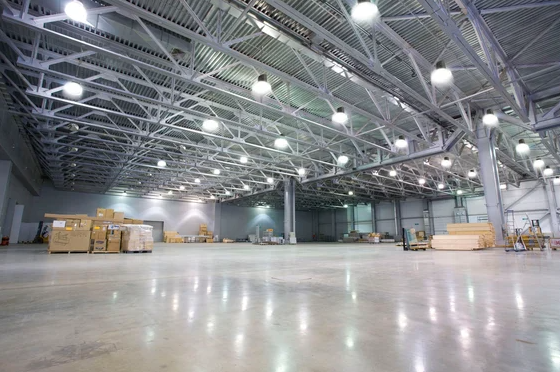
VI. The Role Of Deep Customization In Sustainable Lighting
A. Impact On Energy Consumption And Reduction Of Wastage
In today’s world, where energy conservation is crucial to address climate change and preserve our planet’s resources, sustainable lighting solutions are gaining significant attention. One aspect that holds immense promise in achieving energy efficiency and reducing wastage is deep customization in lighting systems.
Deep customization allows for an unparalleled level of control and flexibility in managing lighting output. By tailoring lighting settings to individual needs and preferences, it ensures that energy is utilized efficiently and only when necessary. Through advanced technologies and intelligent systems, deep customization allows users to optimize lighting schemes according to specific tasks, time of the day, and varying environmental conditions.
By significantly reducing energy consumption, deep customization offers substantial benefits for both consumers and the environment. It enables businesses and organizations to lower their energy bills, leading to substantial cost savings over time. Additionally, the reduced energy demand eases strain on power grids, resulting in decreased greenhouse gas emissions, and a more sustainable energy landscape.
Moreover, deep customization plays a vital role in reducing unnecessary wastage associated with traditional lighting systems. For instance, with the ability to dim lights or adjust brightness levels based on occupancy and natural light availability, energy is efficiently utilized without compromising on user comfort or safety. This proactive approach not only saves energy but also extends the lifespan of lighting equipment, reducing the frequency of replacements and associated waste.
B. Potential For Future Advancements In Energy-Saving Lighting
The field of energy-saving lighting is constantly evolving, and deep customization represents an exciting avenue for future advancements. The ability to customize lighting settings down to precise parameters holds immense potential for further improving energy efficiency while offering personalized experiences.
Advancements in deep customization will likely be driven by the rapid progress in technologies such as Internet of Things (IoT) and artificial intelligence (AI). Integrating these technologies with lighting systems will enable intelligent automation, real-time adaptive lighting, and data-driven optimization.
Imagine a future where lighting systems seamlessly adjust to individual preferences without manual intervention. Through AI algorithms and smart sensors, lighting will respond dynamically to factors such as occupancy, user behavior, and daylight availability. This not only ensures optimal energy utilization but also enhances user experience and well-being.
Furthermore, deep customization will pave the way for innovative ways to harness natural light and integrate it with artificial lighting seamlessly. By carefully calibrating lighting systems to adapt to natural light patterns, energy consumption can be further reduced, taking advantage of available ambient light sources.
In conclusion, deep customization plays a crucial role in driving sustainable lighting practices. By significantly reducing energy consumption and minimizing wastage, it offers tangible benefits for both users and the environment. Looking ahead, advancements in deep customization, fueled by IoT and AI, have the potential to revolutionize the way we interact with lighting, leading to even greater energy savings and enhanced user experiences.
VII. Challenges And Limitations Of Deep Customization
A. Technological Constraints And Limitations
When it comes to deep customization, it is essential to consider the technological constraints and limitations that may arise along the way.
Technological constraints can include limitations in hardware capabilities, software compatibility issues, or even lack of the necessary expertise to implement certain customizations. These constraints can potentially hinder the implementation of deep customization features and functionalities.
Additionally, there may be limitations imposed by the existing infrastructure and systems. For instance, an organization may have an outdated network infrastructure that cannot support the advanced customization requirements desired. It is crucial to evaluate and understand these technological constraints to ensure the successful execution of deep customization initiatives.
B. Cost Considerations And Budget Constraints
While deep customization offers immense potential, it is essential to note that it may come with associated costs and budget constraints. Customization often requires investments in terms of time, effort, and financial resources.
Organizations need to carefully assess the budgetary implications of deep customization, including costs for acquiring and implementing advanced technologies, specialized expertise, and ongoing maintenance and support. It is crucial to allocate sufficient financial resources to cover the expenses related to deep customization without compromising the overall financial stability of the organization.
Moreover, organizations should consider the return on investment (ROI) of deep customization. Evaluating the potential benefits and long-term value it can bring will help determine if the cost of customization is justifiable and aligned with the organization’s strategic objectives.
By acknowledging and addressing these challenges and limitations, organizations can make informed decisions regarding deep customization, ensuring a balance between technological feasibility and budget constraints.
Remember, it’s important to conduct a thorough analysis of technological constraints and consider the associated costs before embarking on deep customization to ensure a smooth and successful implementation.
VIII. Conclusion
A. Recap Of The Concept Of Deep Customization
In this paper, we explored the concept of deep customization and its significance in the lighting industry. Deep customization offers unparalleled flexibility and tailoring options for LED products, allowing consumers to create lighting solutions that perfectly meet their specific needs and preferences.
B. Emphasizing The Role Of Deep Customization In Enhancing LED Products
Deep customization plays a crucial role in enhancing LED products by placing control and personalization in the hands of the users. By allowing consumers to customize various aspects such as color temperature, brightness, and beam angle, deep customization empowers them to create lighting experiences that enhance productivity, comfort, and overall well-being.
C. Overall Impact On The Lighting Industry And Future Prospects
The application of deep customization has revolutionized the lighting industry, enabling it to move beyond standardized lighting solutions. This trend has opened up new opportunities for manufacturers and designers to cater to individual preferences and unique requirements. Looking ahead, the prospects for deep customization in the lighting industry are promising, with advancements in technology and increased consumer demand driving further growth and innovation.
